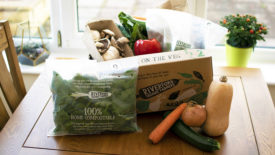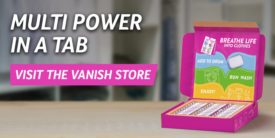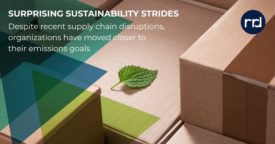Home » Keywords: » ecommerce packaging
Items Tagged with 'ecommerce packaging'
ARTICLES
Some of the company's earliest successes were solutions for candies, chocolates.
Read More
Automation
End-of-line Solutions Take Center Stage
Time and again in the course of our reporting on automation and robotics, end-of-line challenges such as palletizing and case forming come to the fore.
June 10, 2024
Materials
The Future of Packaging is Flexible
Despite the challenges often presented by flexible packaging in terms of consistent recycling channels, the format remains a preferred choice for brands, retailers and consumers alike.
July 13, 2022




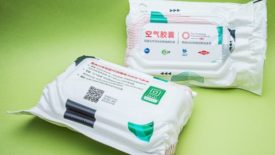
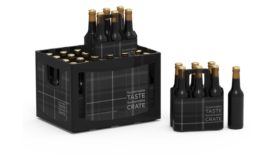
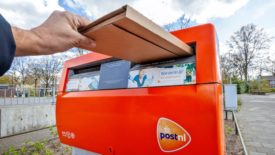
Ecommerce-crates.jpg?height=168&t=1658511480&width=275)
